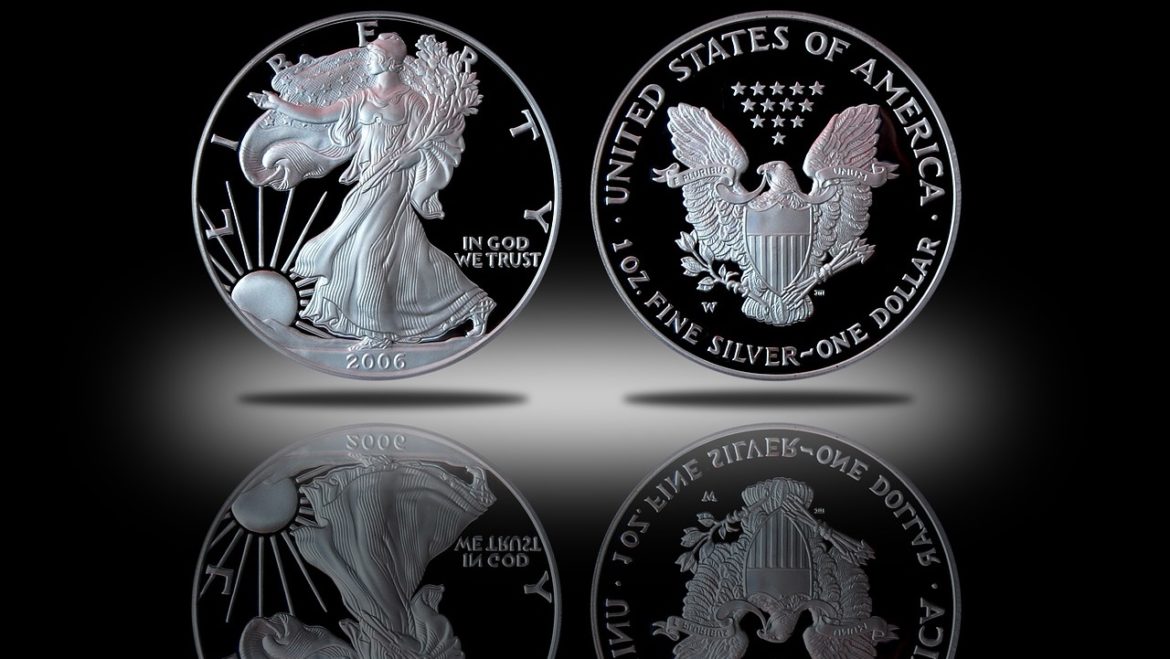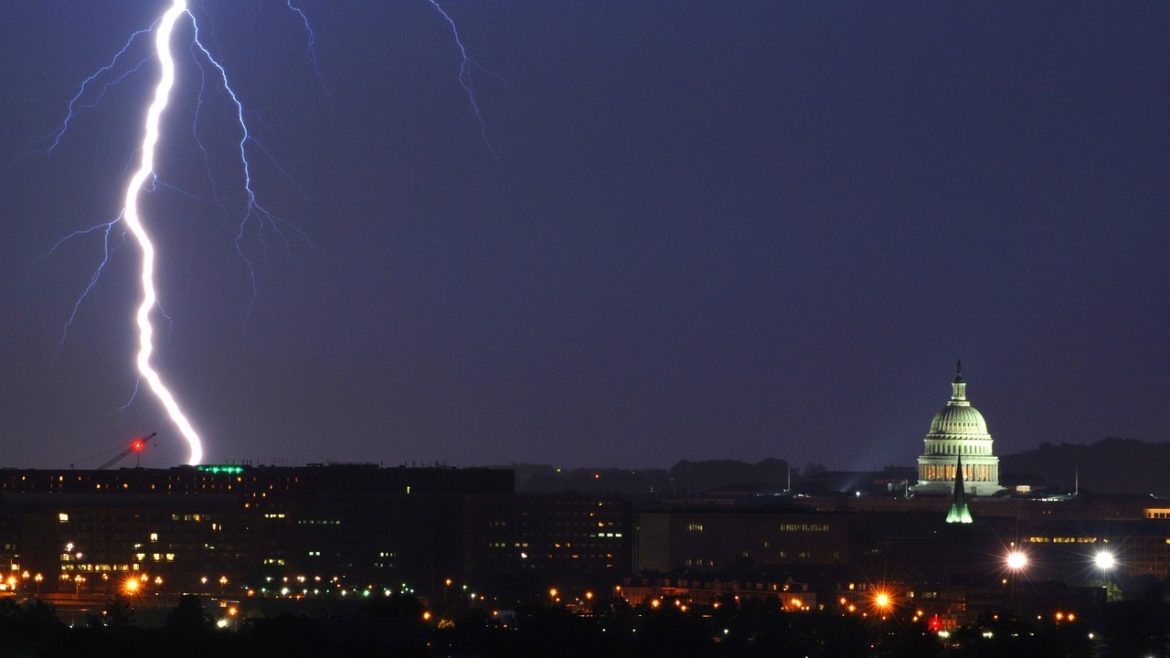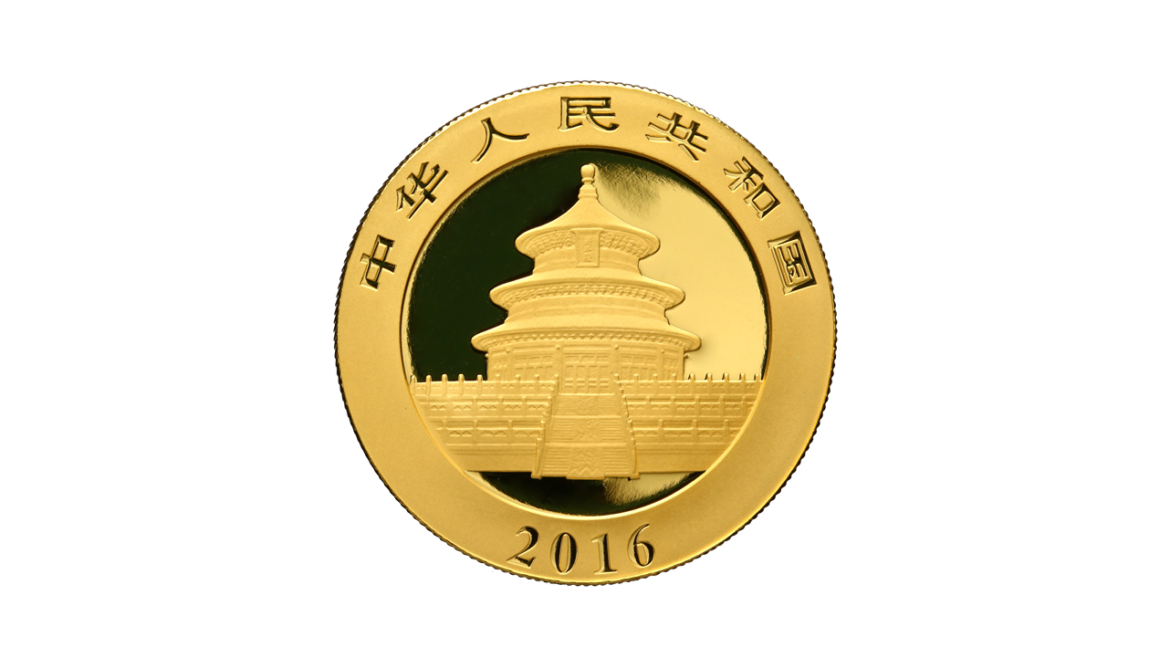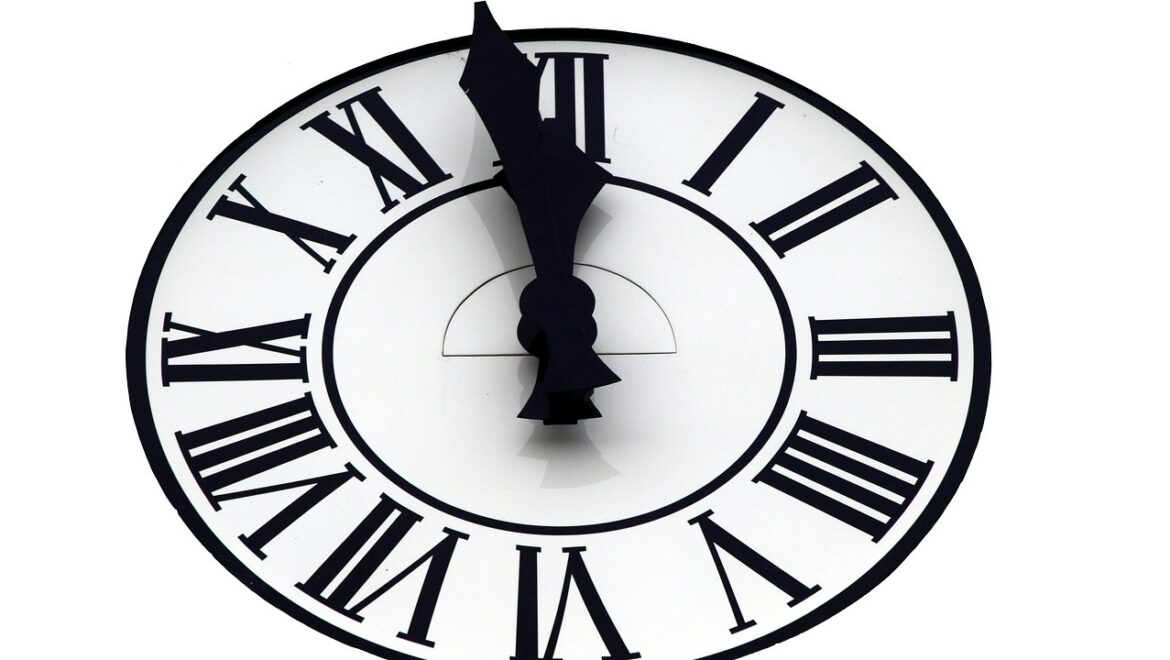Gold has all the potential to go unprecedentedly high. But silver will be gold on
Site:
Precious metals news
A commenter on the SchiffGold Facebook page recently asserted that silver coins are "junk." Why? Because as he put it, "silver is not rare," and, "The silver/gold ratio investment premise is obsolete in this industrial, computerized and AI world."What should we make of these assertions?
The federal government charted a surprising budget surplus in August.But don't be fooled. The feds didn't miraculously fix their deficit problem.The Biden administration continued to spend money at an unsustainable pace last month. The surplus was merely a function of the reversal of student loan forgiveness.
 GOLD & SILVER UPDATE SEP 13th: What Do The Technicals Show For The Short-Term Trend In The Metals
GOLD & SILVER UPDATE SEP 13th: What Do The Technicals Show For The Short-Term Trend In The MetalsSeptember 13, 2023
With the silver price now at a critical technical level, where do we go from here? That depends on what happens with the broader markets and the U.S. Dollar. The metals may trend lower unless we experience another major geopolitical or banking event...
Gold may perform favorably in the coming quarters due to its historically positive average return during recessions. Stagnating global economic growth, ongoing inflation, volatile equity markets, and devalued currency fluctuations are factors contributing to gold's attractiveness for investors and consumers. The World Bank and IMF foresee a potential recession and financial crises in emerging markets, further bolstering gold's potential performance.
China is facing a severe crisis with its wasted investment, leading to a debt trap and a lack of transition to consumption-driven growth. New challenges, including financial panic and corporate failures, could trigger a global financial contagion. The collapse of shadow bank Zhongrong International Trust is one example, and regulators are struggling to respond. China's stock markets may plummet, leading to a potential collapse that will affect global markets, including the United States. Investors should prepare for a U.S. stock market crash, bank failures, and mounting bad debts.
NATO is gearing up for its largest joint command exercise since the Cold War, with over 40,000 troops simulating a response to potential Russian aggression. The exercise, called Steadfast Defender, marks NATO's shift from crisis response to war readiness following Russia's invasion of Ukraine. Set to begin next spring, it will include air combat missions, ships, and troops, using real-world data for realism. Sweden will also participate, making it a total of 32 nations. The exercise comes amid concerns over Russia's actions on the Belarusian border, and NATO's move toward heavier military capabilities.
 The International Energy Agency Predicts Global Oil Demand to Peak Before 2030
The International Energy Agency Predicts Global Oil Demand to Peak Before 2030Sep 12, 2023 - 11:16:49 PDT
IEA's upcoming research, set for October, suggests demand for coal, natural gas, and oil will peak soon, even without new climate policies. Fatih Birol, the IEA head, claimed this shift is due to renewable energy and electric vehicles. He mentioned the end of relentless growth in oil and gas demand but emphasized challenges in meeting this projection, including obstacles in the adoption of heat pumps and Europe's shift away from gas.
 Kyle Bass Predicts Banks Could Lose Quarter Trillion Dollars in Office Market Collapse
Kyle Bass Predicts Banks Could Lose Quarter Trillion Dollars in Office Market CollapseSep 12, 2023 - 11:04:37 PDT
The financial market's March panic over regional banks' exposure to the struggling commercial real estate and office sectors is now forgotten, but the underlying fundamentals have worsened. Kyle Bass predicts the US banking industry will lose hundreds of billions of dollars due to office market exposure. He expects a 10% hit to US banking equity. Morgan Stanley also foresees significant declines in commercial real estate prices, especially for office space, expecting a 27.4% drop from peak to trough in 18-24 months.
 All Fiat Currency Loses Value: Yen's Ongoing Weakness Boosts Returns for Gold Investors in Japan
All Fiat Currency Loses Value: Yen's Ongoing Weakness Boosts Returns for Gold Investors in JapanSep 12, 2023 - 08:54:30 PDT
The yen's ongoing weakness boosts prospects for gold priced in the Japanese currency. Domestic prices for gold in Japan have reached a record high of 10,000 yen per gram, an 18% rise since January, largely due to the yen's decline. Despite the Bank of Japan suggesting a potential shift in its monetary policy, gold remains an attractive investment option in Japan, especially given the current high stock prices.
The Federal Reserve's prolonged stimulus has skewed wealth distribution, rendering housing unaffordable for the bottom 90%. This wealth imbalance stems from a bubble economy that predominantly benefits the top 10%—the group that holds 90% of income-producing assets. This elite class, capitalizing on low interest rates, aggressively invests in housing, thereby driving up prices and sidelining middle to low-income buyers. As a result, housing becomes a luxury, out of reach for most, due to the systemic wealth concentration fueled by the Federal Reserve's policies.
Sep 12, 2023 - 07:16:48 PDT
The declining demand for office space is pushing major US cities towards an economic crisis, warns Columbia professor Stijn Van Nieuwerburgh. Cities like Atlanta and Chicago face historic vacancy rates. This decline threatens states' revenues from reduced property taxes. Consequently, tax rates may spike, and office property values could plummet by 35%. Additionally, banks with significant exposure to the $600 billion office building debt are in jeopardy.
Sep 12, 2023 - 07:07:02 PDT
In Q2 2023, the median sales price of US homes fell by 7.4%, marking the sharpest decline since the recessions of 1970 and 2008. This downturn coincided with negative M2 Money growth. With the Federal Reserve's rate hikes, debt-to-income ratios have reached unprecedented levels. Under the Biden and Powell administration, mortgage rates have exceeded 7%. Furthermore, access to mortgage credit is becoming more restrictive. High mortgage rates coupled with stricter lending criteria spell trouble for America's middle and lower-income earners.
Treasury Secretary Janet Yellen remains optimistic about managing inflation without significant job market damage, referencing data indicating a gradual inflation slowdown and more individuals seeking employment. However, some analysts remain skeptical, given the ongoing challenges of inflation control. Yellen also downplays concerns over China's efforts to boost the influence of the BRICS group, emphasizing the continued importance of the G-20 as the primary forum for global cooperation.
Washington faces a spending showdown, but the fiscal year ending this month brings a dire reality – a projected $1.7 trillion deficit, roughly $13,500 per U.S. household. President Biden's attempt to forgive student loans was overturned by the Supreme Court, saving him from an even worse $2 trillion deficit. Interest payments on federal debt are surging with rising interest rates, up 30% to $644 billion. A third of the deficit goes to servicing past debts. Despite a growing economy, Biden's deficit grows, with total receipts down 10%.
Chinese gold demand improved on multiple fronts in August.China ranks as the world's biggest gold market.
Sep 12, 2023 - 06:07:18 PDT
Four major banks, including JPMorgan, Goldman Sachs, UBS, and Morgan Stanley, are set to pay nearly $499 million to settle a class action lawsuit accusing them of stifling competition in the stock-lending market. Filed by US pension funds in 2017, the lawsuit alleges that the banks aimed to monopolize the market with their EquiLend system, impeding the growth of new platforms for electronic securities lending.
Peter Schiff recently appeared on Nino's Corner with David Nino Rodriguez to talk about the trajectory of the economy. Peter explained why the dollar is doomed to crash and what we can do to prepare. He also emphasized that the powers that be have managed to kick the can down the road for a lot longer than he expected. But you can't kick the can down the road forever. Eventually, you will run out of road.
Sep 12, 2023 - 05:47:59 PDT
At the G20 Summit, European Commission President Ursula von der Leyen advocated for a global digital ID system, similar to the COVID-19 vaccine passports. While she praised the EU’s digital certificate, which has been adopted by 51 countries and recognized as a WHO global standard, she also highlighted the EU's move towards a bloc-wide digital identity app that could store personal data including credit cards and passport information. This emphasis on a centralized digital identification system has raised serious concerns about individual privacy and freedoms.
This tour is a vivid showcase of the transformative power of regenerative farming.
Gold's potential to exceed $2,500 an ounce is driven by a combination of factors, including economic uncertainties, weakening dollar momentum, Inflation and consistent demand from central banks and consumers. Analysts are optimistic about gold's performance in the coming years, emphasizing its resilience and safe haven appeal.










